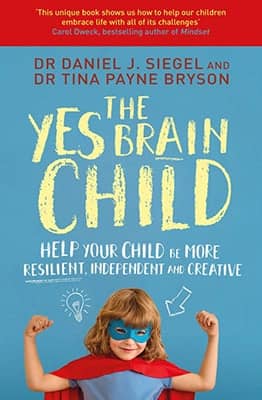Year 12 Geographers Visit the Wheatbelt

Our Year 12 Geographers recently engaged in a field study camp in the Wheatbelt region as part of their coursework. They focused on understanding how climate change and changes in land use are affecting the area and explored how local farmers are adapting to these challenges.
During the study, students learned about various strategies used by farmers to cope with these changes. For instance, they discussed the benefits of adopting minimum tillage practices, which help retain water in the soil, reduce carbon emissions, and enhance soil quality. They also examined the use of new technologies aimed at preventing soil erosion and restoring native vegetation.
Additionally, the group observed how farmers are addressing salination issues in areas where land use changes have led to increased salt levels in the soil. One notable example is the use of Anameka saltbush to rehabilitate these affected areas, particularly where woodland has been converted to cropping or sheep farming.

Our hosts in Cunderdin and Tammin were incredibly generous in sharing their expertise and giving us tours of their properties. Spending time with the Fullwood and Uppill families was particularly meaningful this year, as both Annie Fullwood and Ally Uppill are graduating from Santa Maria. Tony York, from Anameka Farms, graciously hosted us once more. Alongside the CSIRO, Tony played a crucial role in developing Anameka saltbush, named after his property. This saltbush, raised near Tammin, has been distributed to multiple countries.
As part of the curriculum, students also explore Australia’s urban geography. During our time in Cunderdin and Tammin, we examined the growth and evolution of these towns, their connections with larger urban centers, and the challenges they currently confront, particularly regarding service provision and demographics.

These studies sparked discussions about initiatives aimed at offering students opportunities to engage with rural life after completing Year 12, pursue related courses, or build careers in rural areas.
As geographers, this fieldwork offered an excellent chance to investigate different locations and the connections between people and their surroundings. It also aligned with the syllabus objective, which emphasizes that fieldwork allows you to deepen your understanding of the world through firsthand experience.
These opportunities allow our students to learn from real-life experiences and gain insights from people living on the land, helping them to connect their learning to life!
Echoing the sentiments of Michael Palin: “Geography explains the past, illuminates the present and prepares us for the future. What could be more important than that?”
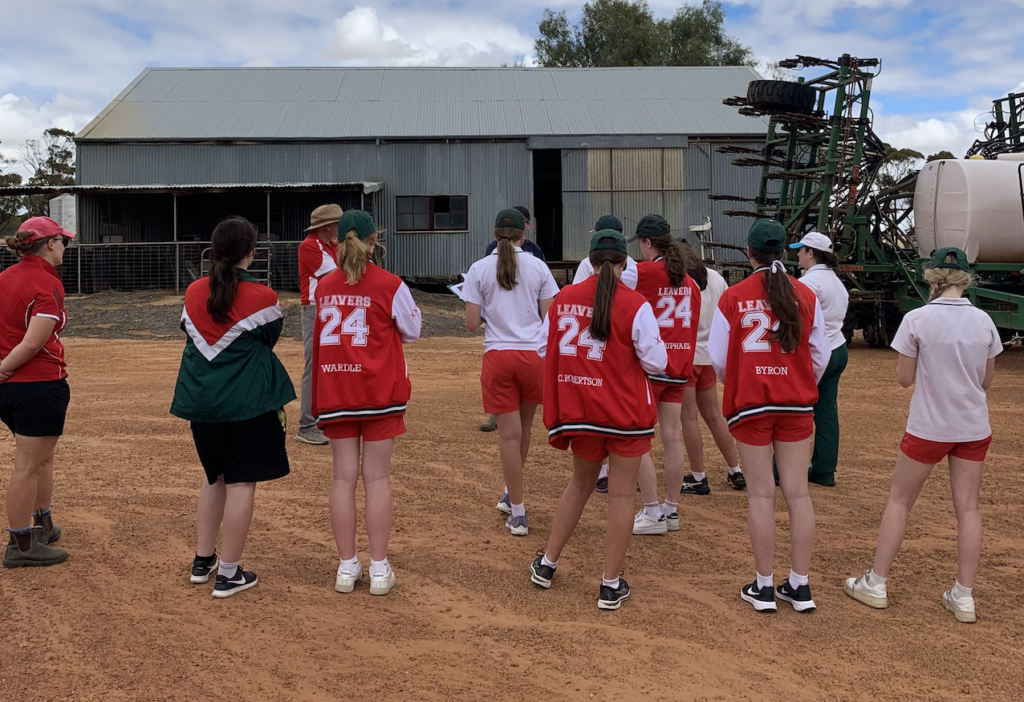
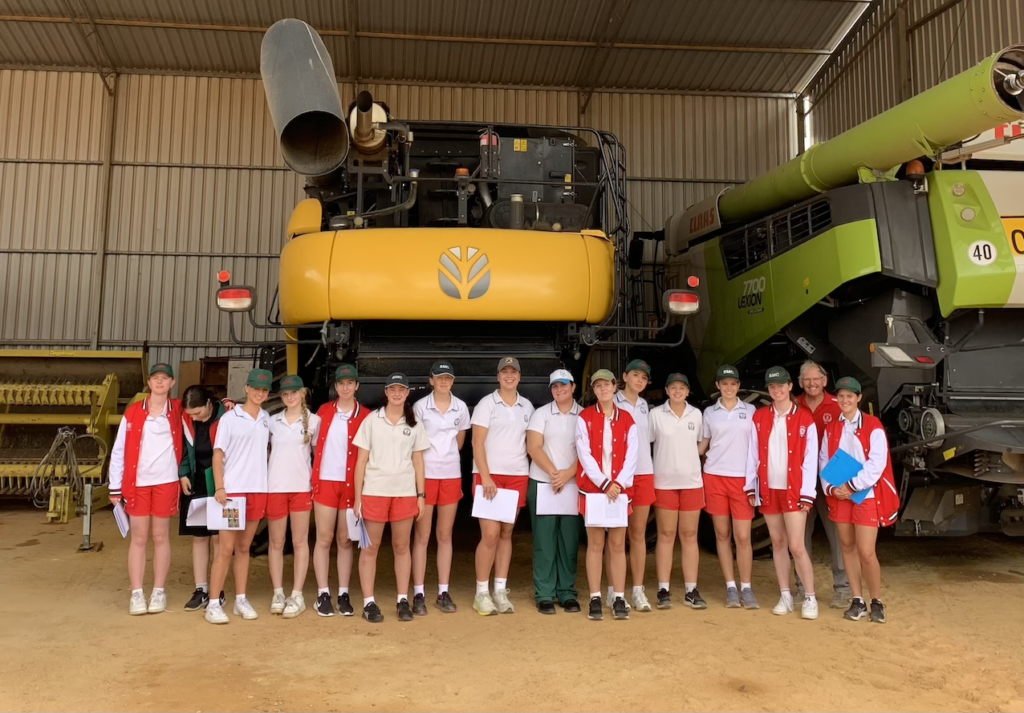
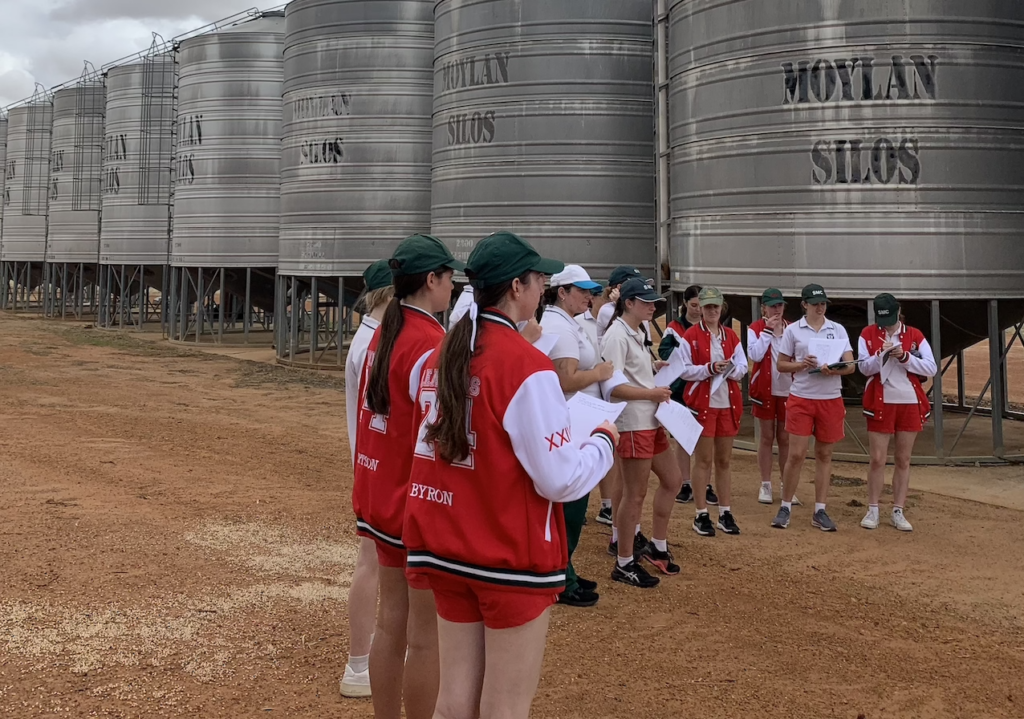
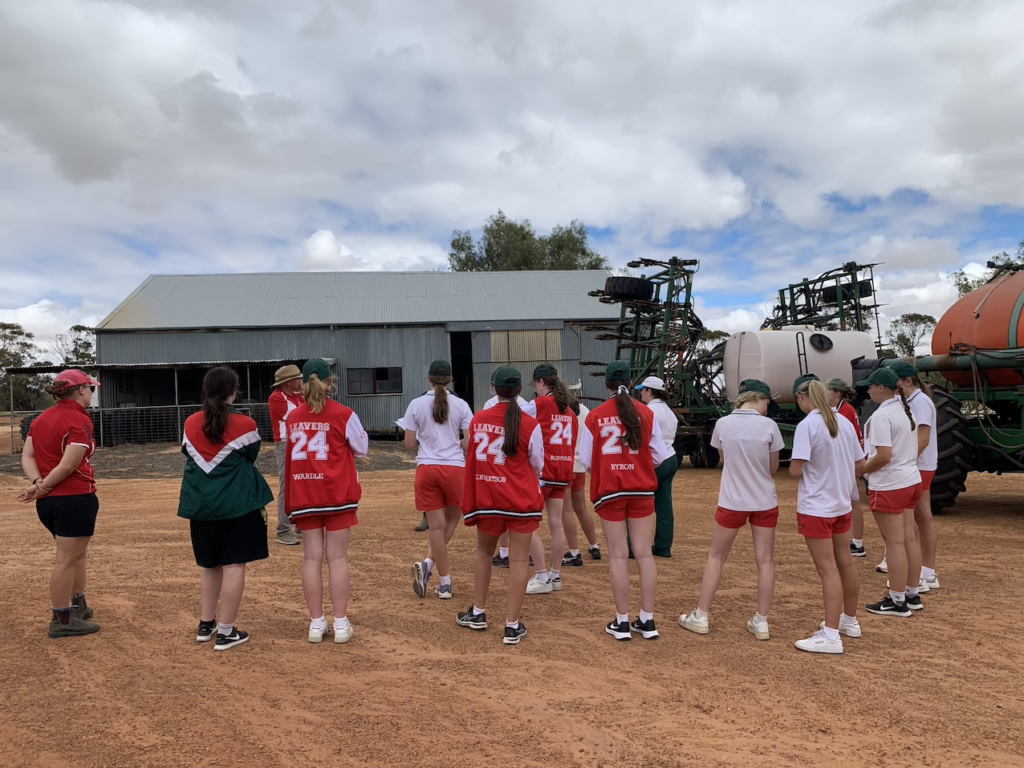
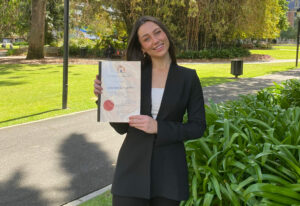
Caitlyn Goldney (2013) Embarks On A Legal Career
Caitlyn Goldney (2013) is a passionate advocate dedicated to giving back to the community through her legal savoir faire.

Combating The Attention Span Crisis In Our Students – Jennifer Oaten
It is no secret that attention spans have been steadily declining, especially among younger generations growing up immersed in digital technology. The average person’s attention span when using a digital device has plummeted from around two and a half minutes back in 2004 to just 47 seconds on average today – a dramatic 66% decrease over the past two decades.

Weekly Wrap Up: Term 2, Week 2, 2024
Week 2 has come to an end! This Weekly Wrap Up features highlights from Scuba Diving Club, the Sisterhood Series, and Boarding ANZAC Service.
- Collaboration, Critical Thinking, Featured, Learning 4 Life
Author: Santa Maria College
Santa Maria College is a vibrant girls school with a growing local presence and reputation. Our Mission is to educate young Mercy women who act with courage and compassion to enrich our world. Santa Maria College is located in Attadale in Western Australia, 16 km from the Perth CBD. We offer a Catholic education for girls in Years 5 – 12 and have 1300 students, including 152 boarders.





